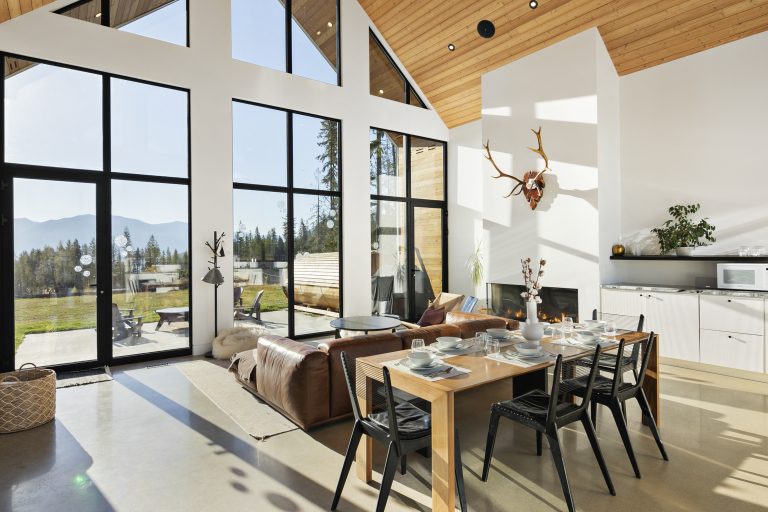
Retirement is a time to kick back, relax, and enjoy life. For many, that means saying goodbye to a bigger house and hello to a smaller, more manageable one. But if you’re downsizing, it’s important to think beyond square footage. Making sure your new space has the right accessibility features can make all the difference in comfort and safety as the years roll on.
Here are a few areas to focus on within your home to improve its long-term accessibility.
1. Make entryways work for everyone
One of the first things to consider for an accessibility upgrade is the entrance. Replacing steps with a ramp or adding a gently sloped walkway makes coming and going easier, especially if mobility ever becomes an issue. Installing a zero-threshold front door can eliminate the need to step up, and lever-style door handles are easier on the hands, compared to knobs. If you’re dealing with an existing threshold, a small threshold ramp is a quick fix that doesn’t require a full remodel.
2. Transform your bathroom into a safe haven
Bathrooms are the most common place for slips and falls, so making them safer is a top priority. Renovating a bathroom to include a curbless, walk-in shower can create a spa-like feel while reducing the risk of tripping. Adding a built-in bench and handheld showerhead boosts comfort and convenience. Grab bars near the toilet and in the shower can be stylish and functional. Swapping in a comfort-height toilet and installing non-slip tile flooring round out a smart, senior-friendly space.
3. Kitchens built for comfort and convenience
Kitchens see a lot of use, so it’s worth making them work better for you. Consider lowering a section of the countertop for seated meal prep or baking. Pull-out drawers instead of lower cabinets make finding items much easier – no more crouching or crawling to reach the back. Installing D-shaped handles or soft-close drawers can help reduce strain on joints. Touchless faucets and under-cabinet lighting are small upgrades that pay off big in everyday comfort.
4. Light it up with safety in mind
Good lighting isn’t just about mood – it’s about safety too. Add motion-sensor lights in hallways, closets and bathrooms so you’re never walking in the dark. Swap out toggle switches for rocker switches, which are easier to operate for anyone with arthritis or limited dexterity. You can also install outlets a bit higher on the wall to reduce the need for bending over.
5. Invest in smart home convenience
Adding a bit of tech to your home can save you steps and stress. A smart thermostat that learns your preferences and adjusts automatically keeps your home comfortable without fiddling with dials. Video doorbells and voice-controlled assistants offer extra security and let you manage daily tasks hands-free. These upgrades can be as simple or as comprehensive as you like, but even a few features go a long way in creating an easy-to-live-in space.
Interested in learning more about downsizing and home ownership in retirement? Take a look at Royal LePage’s Retired Homeowner report for further insights.





